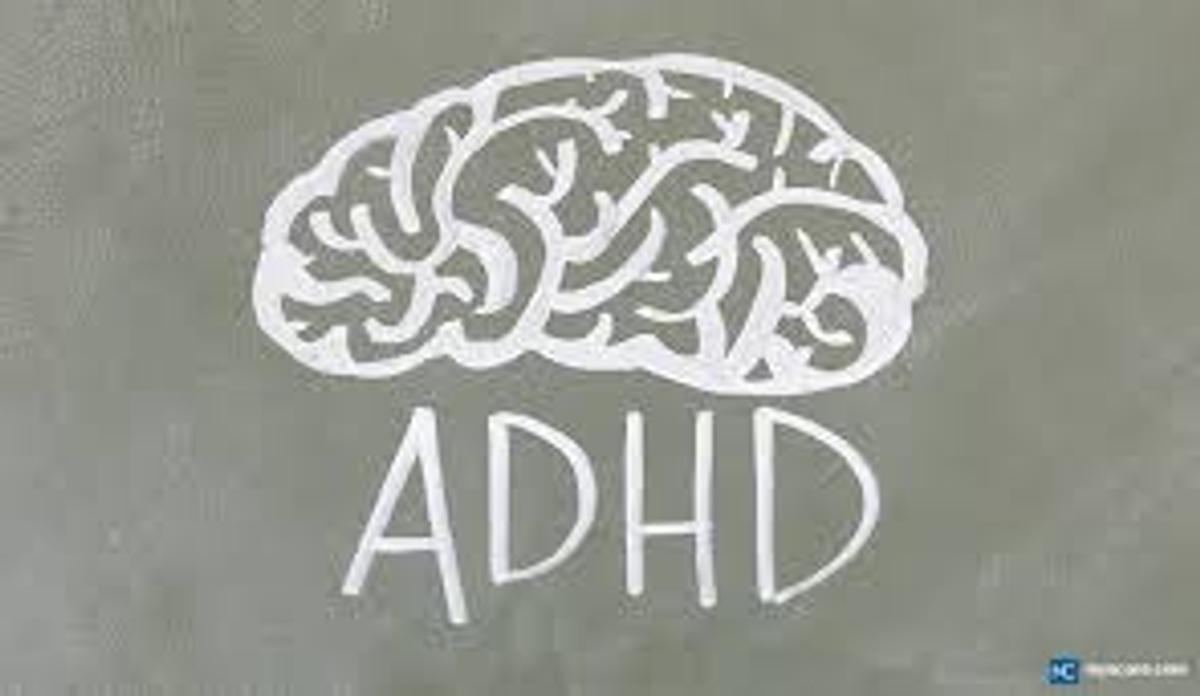Wellbeing
@ LPS

Wellbeing
@ LPS
Our cyber safety incursion received good feedback from students and was a great way to share important messages around being safe online as well as resilience, respect and positive connections. Thanks to the Mental Health Fund School Menu we were able to access this production at no cost to our families.
Free webinars for parents this term. For more information and to register visit eSafety




During the week of 12 to 16th of August we will be engaging in Bullying No Way week across the school. Each day has a different focus related to this years theme 'Everyone Belongs' which include Challenging Stereotypes, Promoting Empathy, Embracing Diversity, Promoting Positive Relationships and Provide Support.
When we feel like we belong, bullying struggles to find a place. It's about embracing who we are, respecting everyone's differences and standing up together against unkindness.
Belonging means we all have a role in preventing bullying. We're encouraged to speak up and create a safe place where everyone feels supported and respected, and our voices are heard and valued.
It is important to understand what bullying is and is not, how to respond, how to seek help and how to speak up.
Bullying is different from conflict or unkindness. Bullying is mean, but being mean doesn't always mean bullying. Something to keep in mind...
| Bullying can be... | Bullying isn't... |
|---|---|
aggressive, unkind or mean behaviours that are on purpose | Being rude, saying or doing something hurtful that wasn’t planned or meant to hurt someone, eg someone pushing in front of you in the line |
repeated behaviours (it happens multiple times, in an ongoing way to be defined as bullying)
| Being mean, doing something hurtful to someone on purpose once or twice, e.g. a friend refusing to play with you one day |
| Usually has a power imbalance – which means that people bullying and the people being bullied aren’t seen as being ‘equal’, e.g. older, bigger people picking on smaller, younger people | Conflict – having a disagreement with a friend, e.g. two friends getting into an argument |
Respectful feedback on behaviours you're doing that aren’t ok, e.g. “It’s not ok roll your eyes every time they talk about sport.” A friend putting in a ‘boundary’ e.g. “I don't like it when you keep telling me what to do.” Natural consequences in socialising, e.g. a friend not trusting you because you shared their secret |
If you would like to read more or require resources please visit Bullying No Way or Bully Stoppers
Attention Deficit Hyperactivity Disorder (ADHD) is a complex neuro-developmental disorder which affects a person’s ability to exert age-appropriate self-control.
It is characterised by persistent patterns of inattentive, impulsive, and sometimes hyperactive behaviour, and is frequently accompanied by emotional regulation challenges.
There are three kinds of behaviour involved in ADHD: inattention, hyperactivity and impulsivity. Most young children occasionally have trouble paying attention, diagnosis should be investigated if behaviour is much more extreme in these areas than other kids their age, persists for at least 6 months and is observed in at least two settings (eg home and school)
Symptoms of ADHD are divided into two groups — inattentive and hyperactive-impulsive. Some children exhibit mostly inattentive behaviours, and others, predominantly hyperactive-impulsive. But the majority of those with ADHD have a combination of both.
Some quick facts:
Around 1 in 20 Australian children have ADHD
No-one knows for certain what causes ADHD, and it is possible that a number of factors, both genetic and environmental, may contribute to its development. However, studies show ADHD is a highly heritable disorder.
Everyone presents slightly differently
3 types of ADHD – Inattentive, Hyperactive and Combination
Diagnosis is done first via a GP, then by a Psychiatrist or Paediatrician


Information sourced from All Play Learn, ADHD Australia